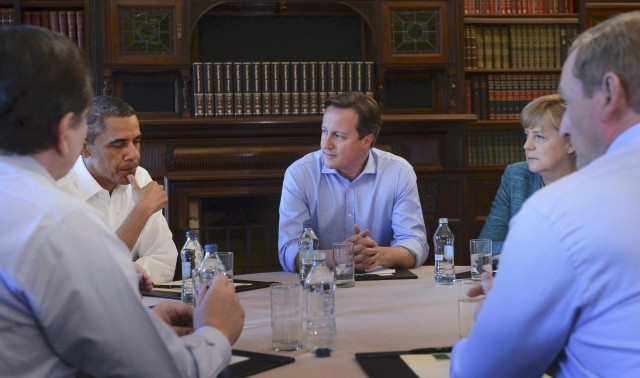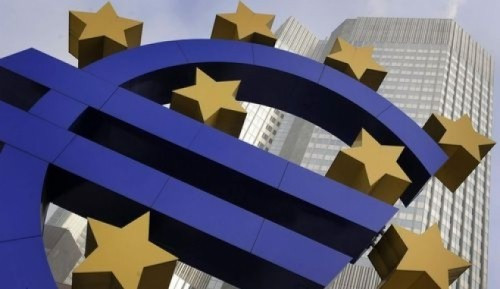TTIP: Politicians Must Stop Misleading Voters with 'Fictional' Figures

The House of Lords urged the government to push forward with the Transatlantic Trade and Investment Partnership, the bilateral free trade agreement between the EU and the US.
They wheeled out figures which are often cited by supporters of TTIP: namely that the deal could be worth €119bn (£97bn, $163bn) a year to the EU and €95bn a year to the US.
Academics, however, have questioned the logic and validity of the statistics used.
In a recent report on TTIP subtitled Managing Fictional Expectations, Ferdi De Ville of Ghent University and Gabriel Siles-Brügge of the University of Manchester suggest that politicians in the UK, EU and US – joined now by peers in the Lords – are drawing on dubious figures when it is impossible to predict the economic impact of a potential free trade agreement.
Explaining the pair's thesis further to IBTimes UK, Siles-Brügge says: "These things are hard to predict when you don't know the outcome of the agreement. Our point is that these figures are being used politically to argue in force for the agreement. The Lords report is another example of this: these numbers are presented as reliable estimates of the future whereas in reality they're anything but reliable."
In the past, politicians' use of econometric models to argue for various free trade agreements have been shown to be fallacious. Projections of the impact of NAFTA and those made around the time of the Doha Round of free trade talks, which culminated in a limp-wristed WTO agreement last year, were revised down later on.

A report commissioned by the Left political grouping in the European Parliament, released in March, echoed these views.
The report found that "estimated gains from TTIP are very small"; that it will likely have minimal impact on EU unemployment and that any impact on EU exports (a maximum 10% increase) will take place over a number of decades, rather than immediately.
The Left group added that the most zealous projections around TTIP fail to include the social and environmental impact of the treaty. But these factors are more nebulous, whereas the figures are just wrong.
Part of the problem is that the metrics being used to predict are unrepresentative and misleading. Any economist will tell you that for large free trade agreements, it's much easier to remove tariff barriers to trade, such as quotas on imports. Between the EU and US, these are already low.
Therefore in order to derive the benefit politicians hope, the agreement would have to go much further, removing non-trade barriers in all sectors.
"The study assumes that 25% of all non-tariff barriers between the EU and US will be eliminated. That sounds like a quarter, but actually it says that only 50% of all NTBs are actually actionable, which means they can be remedied through a free trade agreement. The rest are things like consumer taste which can't be addressed through change in policy. The assumption of 25%, given the historical record of cooperation in this area, is very ambitious," says Siles-Brügge.
With much of Europe and the US attempting to escape the spectre of 2008, anything that promises higher GDP growth is sure to be leapt upon by politicians.
This message was clear in a document leaked last year, which offered some insight into the EU's PR strategy when it comes to getting TTIP over the line.
One telling quote from the document, entitled Communicating on TTIP, reads:
"The aim is to define, at this early stage in the negotiations, the terms of the debate by communicating positively about what the TTIP is about (i.e. economic gains and global leadership on trade issues), rather than being drawn reactively into defensive communication about what TTIP is not about (e.g. not about negotiating data privacy, not about lowering EU regulatory standards etc.)."
In other words, the message is to be spun in an entirely positive light, which helps explain the enthusiastic adoption of figures which could be argued to have little grounding in reality. It also explains the richness of the praise for TTIP in today's Lords report, which argues so fervently in its favour.
The reality is that when there are so many creases in the agreement to be ironed out, nobody knows what the impact of TTIP will be.
© Copyright IBTimes 2025. All rights reserved.






















